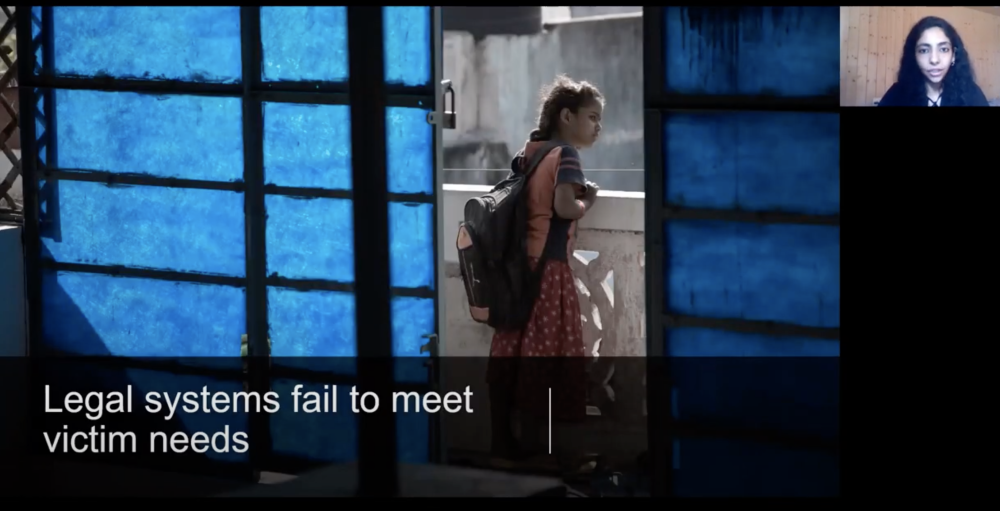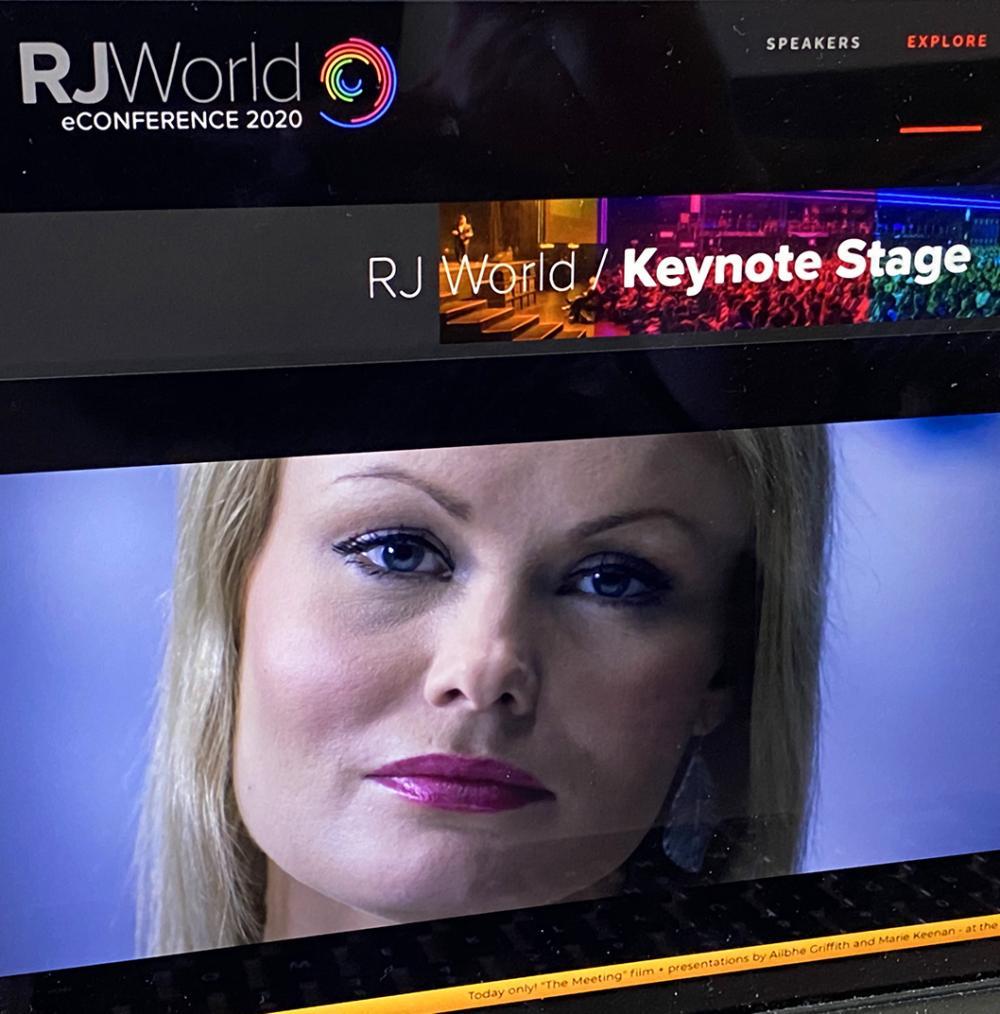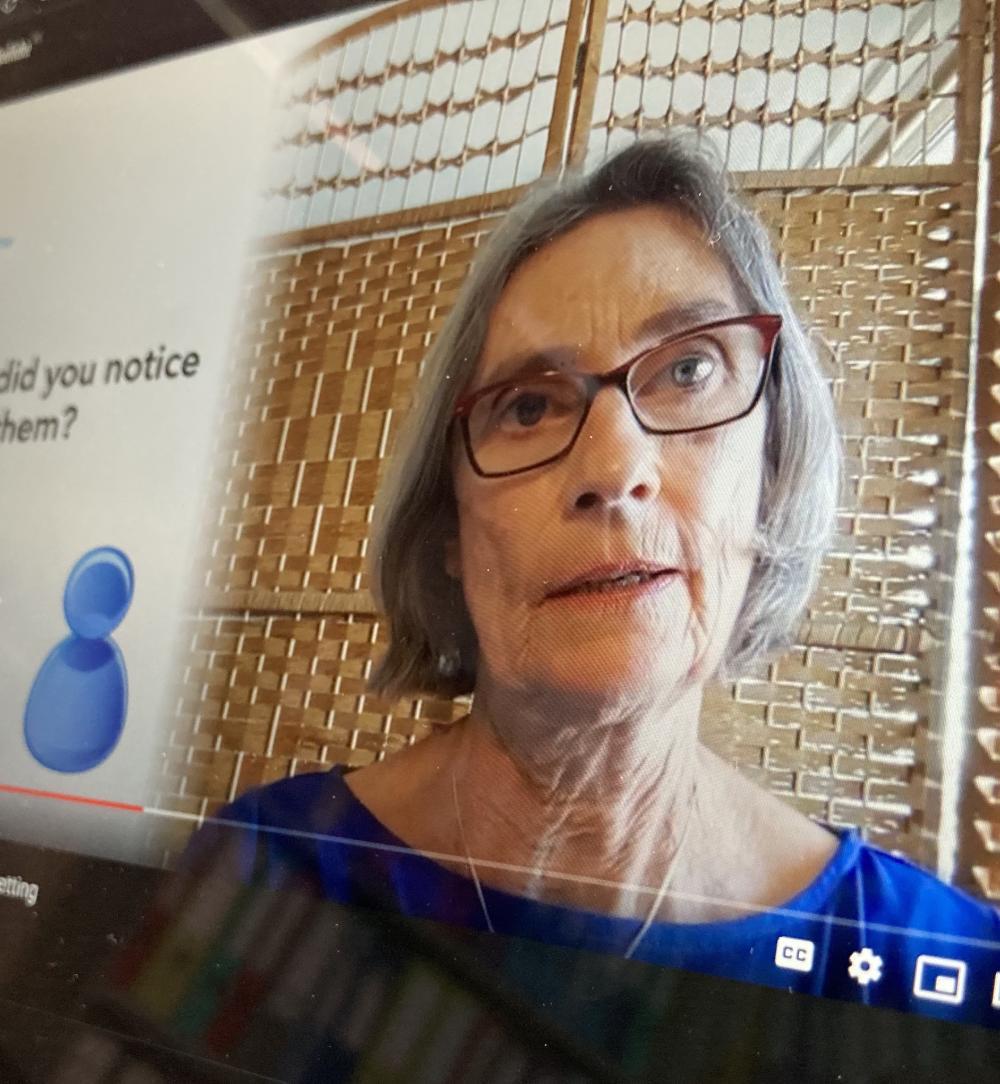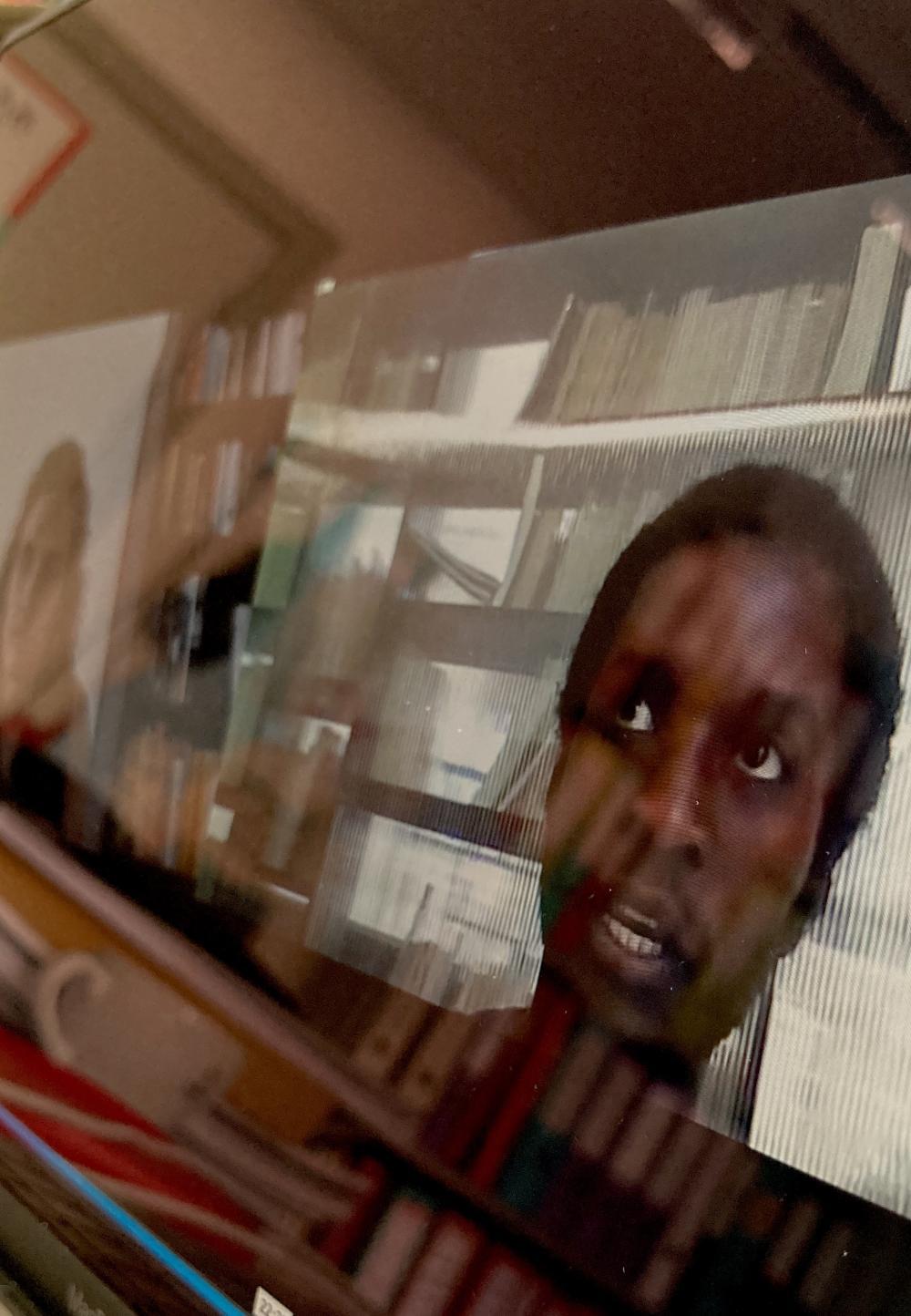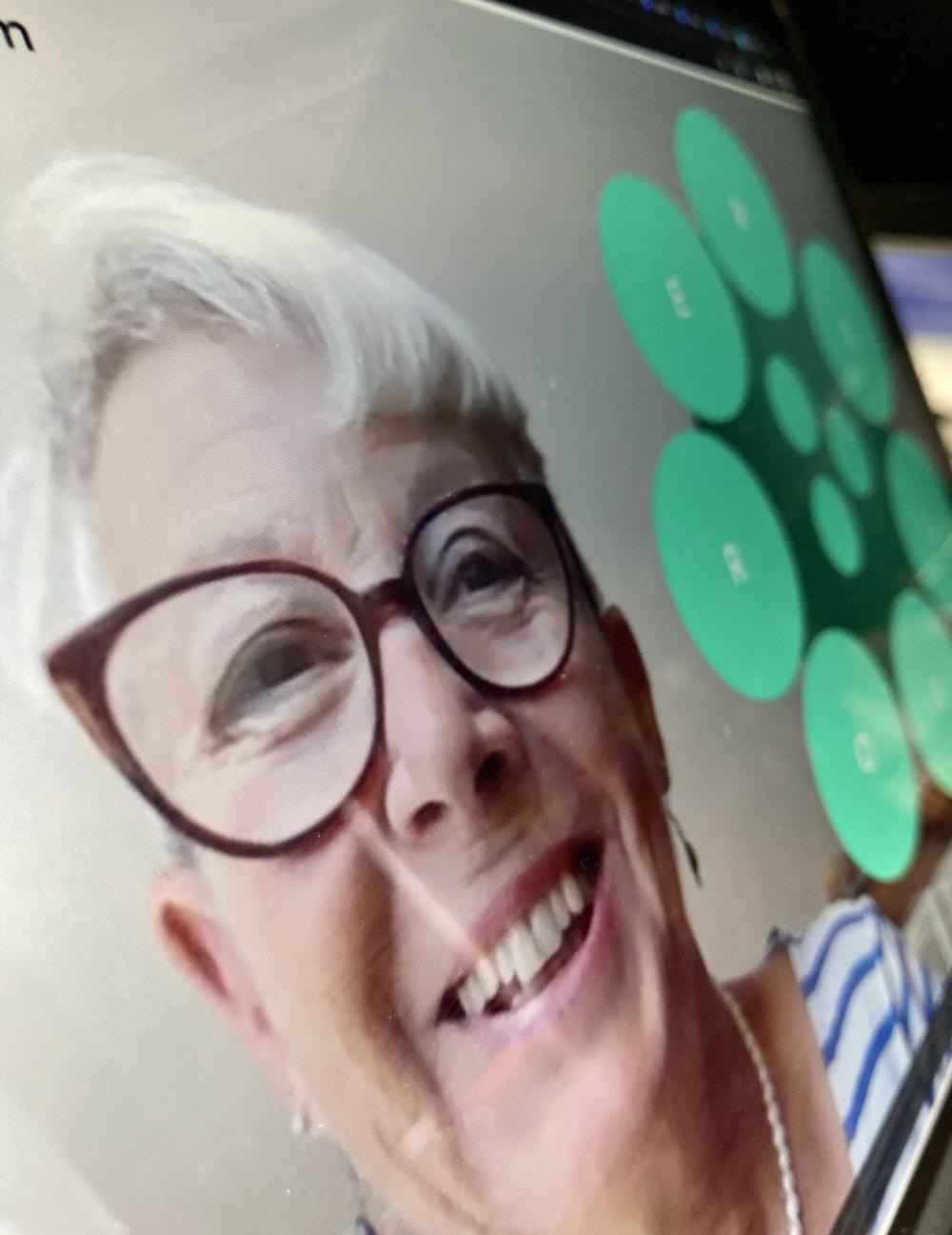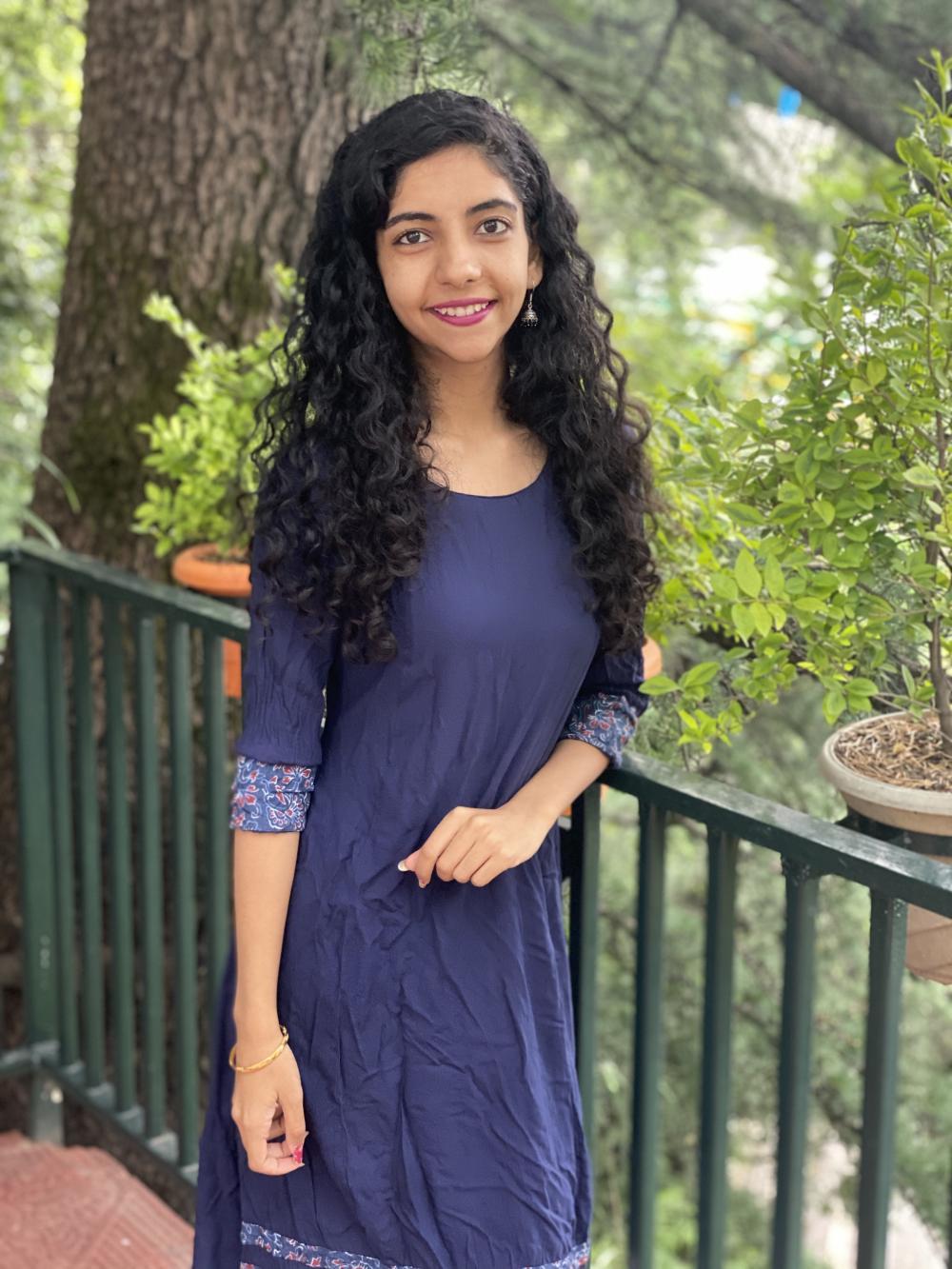Increasingly, I see hope for circles to slowly pave the way for social change, including addressing polarisation, marginalisation, and exclusion. Malini Laxminarayan and Baudouin Mena Sebu spoke about their project on restorative processes for hate crimes against people attacked for their sexual identity or orientation. Perhaps, in addition to responsive spaces, we can use circle processes proactively (and not only in response to a specific harm) to build more respectful and inclusive spaces. Relatedly, Paulo Moratelli shared how transformative dialogue circles can be used to break the cycle of gendered violence and pave the way for collective social change.
While the restorative continuum has the power to address systemic harms, it is also important to ensure that we do not replicate the harm. This requires centering those at the margins, explicitly addressing biases and devolving power in an aim to decolonize restorative work (Dr. Muhammad Asadullah). In addition, we must also acknowledge historical harms and lived realities including historical trauma, a point beautifully brought out by Lorna Dyall, Raewyn Bhana, and George Ngatai in their piece on restorative work with indigenous populations in New Zealand. It’s also helpful to remember to not replicate mainstream models of restorative justice without contextualising them. Rather, we must use a bottom-up approach involving communities in designing, implementing and reviewing the practices. This is a practice we try to consistently operationalise as we develop our restorative work in India.
Restorative work can not only help in addressing structural harms but as Terence Bevington and Anna Gregory said, also help to create positive peace: a world of equity, harmony, and belonging.

